Inglewood Bird Sanctuary Reconnection Project Completion
A beloved wildlife sanctuary in Calgary has received much-needed upgrades to repair flood damage and erosion, improve water quality and restore habitats for the birds, fish and other animals that call the park home.
Established in 1929 as one of the first migratory bird sanctuaries in the country, the Inglewood Bird Sanctuary is the only federally-recognized urban facility of its kind in Canada. Over time, human use, natural processes and large-scale events – such as the 2013 flood – have impacted the park's features, including the 100-year old lagoon, outlets and channels. The outfall structures, which regulate water levels, reached the end of their lifecycle and the inlet to the lagoon was filled with sediment, disconnecting the lagoon from the river and impacting water and wildlife health as well as fish passage through the area.
A study was conducted to identify opportunities to improve the area, repair damage and enhance flood and erosion control. An initial restoration plan was shared with Calgarians in 2018 and construction began in spring 2022 as a collaborative effort between Infrastructure Services, Operational Services and Public Art.
"This is a unique project that provides the opportunity to enhance the natural environment while building on Calgary's pedestrian infrastructure and providing functional art for community members to enjoy," says the General Manager of Infrastructure Services Michael Thompson. "The Inglewood Bird Sanctuary showcases so many of the varied amenities that Calgary has to offer. The improvements made through the Reconnection project are a reflection of the collaborative efforts of many City teams to provide the best outcome for Calgarians."
Over a period of three years, artist Tim Knowles worked closely with the project team of engineers, hydrologists and naturalists to help design the path of a new channel to reconnect the Bow River into the lagoon and out through a water meadow. In addition to landscaping and habitat creation, the design also includes a new functional art pedestrian crossing, giving visitors a new way to access and enjoy the park.
"The ‘Log Jam’ celebrates the history of the site as a former sawmill, while also complementing the natural environment surrounding it," says artist Tim Knowles. "The crossing is a hybrid structure: part bridge, part flood control mechanism, bird blind and log jam. The design incorporates native lumber sourced from the site where possible and includes a cantilever timber deck with benches and screened viewing areas for bird watching."
As part of the Fish Habitat Compensation program, new pools and shallow riffles were added to restore fish habitat, provide protection and oxygenate the water. More than 90 new trees will help improve the health of the riparian forest and replenish the much older tree canopy. Closer to the ground, new plants, shrubs and grass will increase biodiversity.
"As the site is a federal bird sanctuary, the primary goal of the project was to restore and support the natural environment, while also providing features to enhance the experience for park users," says Project Manager René Letourneau. "Great care was taken during project design to maximize habitat benefits and to minimize impacts to birds and other wildlife during construction."
Funding for this $9.7 million project was provided by The City of Calgary, the Government of Alberta’s Watershed Resiliency and Restoration Program and Environment & Climate Change Canada’s Environmental Damages fund.
To learn more, visit engage.calgary.ca/IBS.


